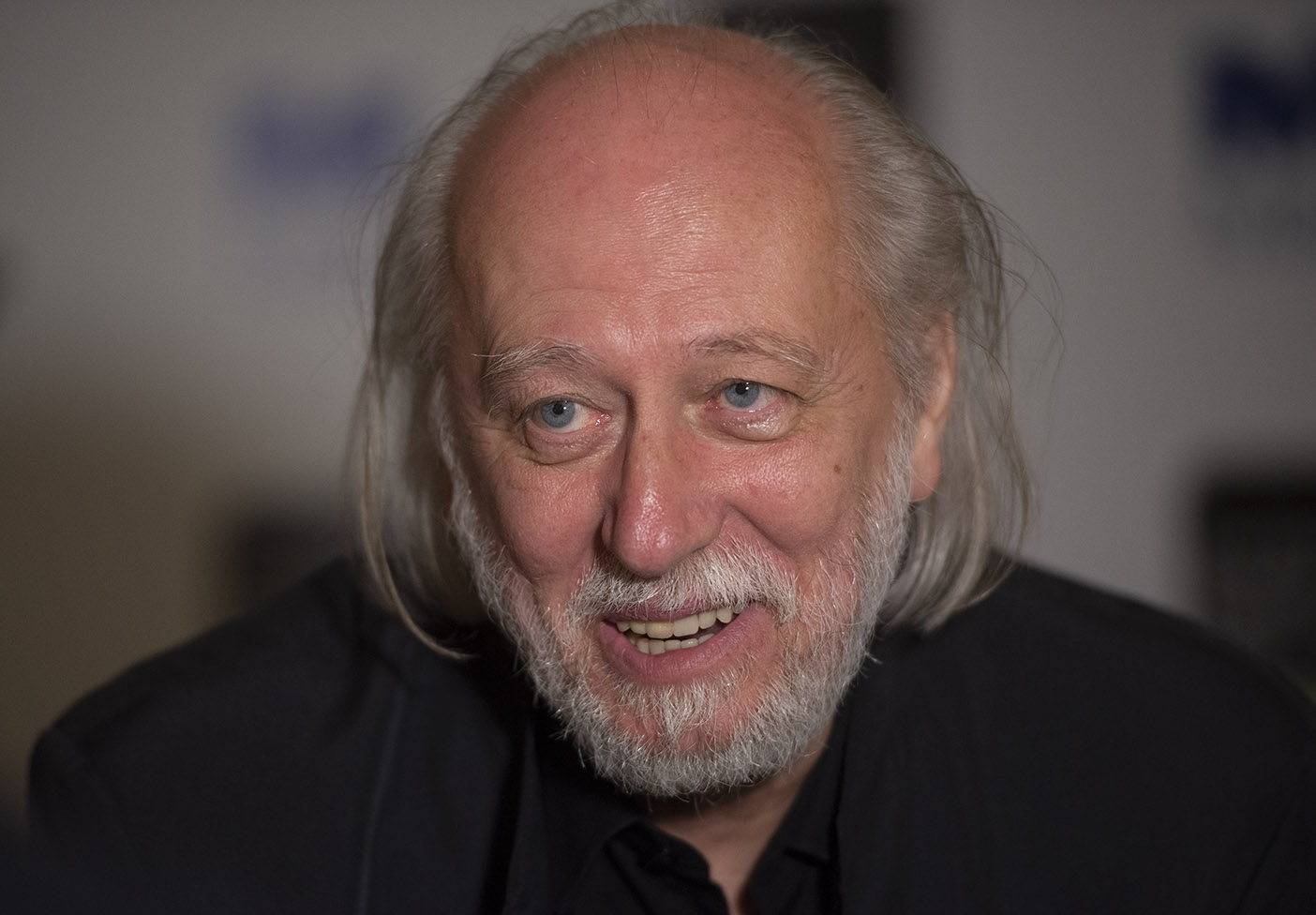
Exploring the past of our nominee for the Nobel Prize in literature.Continue reading

On January 5, László Krasznahorkai, Kossuth Prize-winning writer and one of the most significant representatives of contemporary Hungarian authors, celebrated his 70th birthday.
Krasznahorkai describes himself as an unabashed chronicler of an age “from which high culture has disappeared forever.” As he said, “it is no longer a question of this high culture being lost or endangered, but of us having entered a new era, when the area of human culture that is unpolluted by the market and unable to adapt to its laws, in other words unsaleable and thus useless, has been wiped off the map, and in its place there is nothing left but what used to be called mass culture, as is now called culture.”
Spaces, distances, and a sense of isolation are prominent in his writings.
He draws inspiration mainly from his travel experiences, having “been on the road continuously” since the 1990s. His journeys in Europe, including a number of countries, have been broken by excursions to the USA and the Far East (China, Japan).
His first short story was published in 1977, in the journal Mozgó Világ (Moving World).
In 1985, his first novel, Sátántangó, linked a vision of universal destruction to a reality drawn with ruthless precision, was published to critical praise.
The latter was adapted as a screenplay with film director Béla Tarr, with whom he began collaborating (Werckmeister Harmonies, The Turin Horse).
His most recent work was strongly influenced by the paintings of Max Neumann. His satirical novel Zsömle odavan (Zsömle is away) was published on January 3, 2024. He has won several prestigious Hungarian and international awards.
Via Kultura.hu; Featured Image: Facebook / Krasznahorkai László